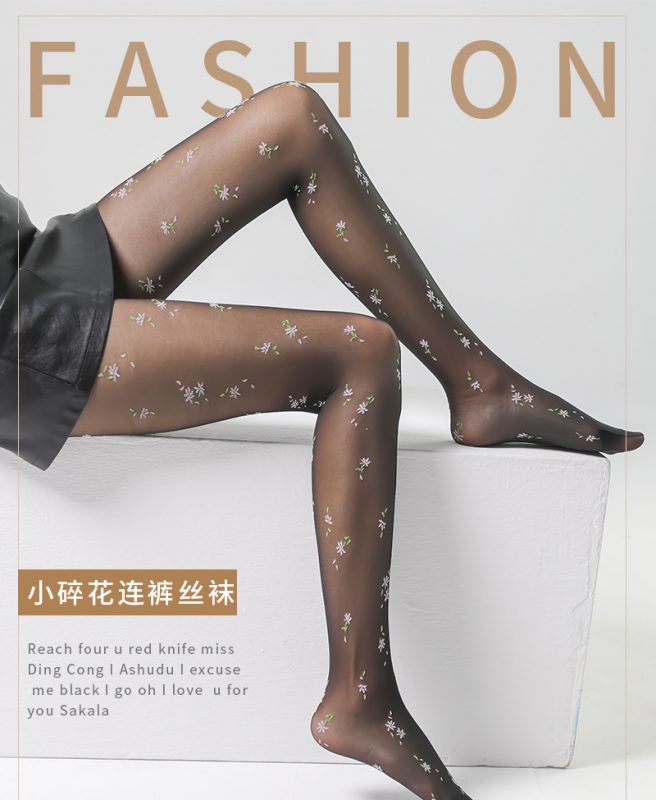Understanding Compression Stocking Socks
Compression stocking socks, also known as support stockings or compression hose, play a crucial role in managing various leg conditions in women. Choosing the right compression hosiery is essential for ensuring comfort and overall well-being. Understanding the different types and benefits of compression stockings is key to making informed decisions about their use.
Did You Know? Compression stocking socks are designed to apply pressure to the legs, promoting better blood flow and reducing swelling.
Types of Compression Stockings
Compression stockings are available in various types, each serving specific purposes to address different medical needs in women.

Graduated Compression Stockings
- Graduated compression stockings are uniquely designed to apply pressure to the ankle and gradually decrease towards the top of the stocking. This graduated pressure helps improve blood flow and reduce swelling in the legs, making them particularly beneficial for individuals experiencing discomfort due to poor circulation or mild varicose veins.
Anti-Embolism Stockings
- Anti-embolism stockings are specifically crafted to prevent blood clots and deep vein thrombosis (DVT) in non-ambulatory patients. These specialized compression stockings provide graduated compression, promoting healthy blood circulation and effectively reducing the risk of clot formation, especially in individuals with limited mobility or those recovering from surgery.
Sizing and Fitting Guidelines for Women’s Compression Socks
Measuring for Compression Stockings
When sizing women’s compression socks, accurate measurements of the ankle, calf, and thigh are crucial to ensure a proper fit. This process is essential for maximizing the effectiveness of the compression stockings in providing the necessary support and improving blood circulation. Consulting a professional fitter can further guarantee that the measurements are precise and that the selected stockings will offer the optimal level of compression for the individual’s specific needs.
Putting on Compression Stockings
To ensure a smooth and even fit, it is important to roll and gradually pull up the compression stockings. This method helps to avoid uneven pressure and discomfort while putting them on. Properly fitting compression stockings should feel snug but not overly tight or uncomfortable, allowing for comfortable wear throughout the day without compromising their therapeutic benefits.
Benefits of Stockings for Varicose Veins
Compression stockings are highly beneficial for individuals experiencing varicose veins, offering both symptomatic relief and preventive care. Here are the key advantages of using compression stockings for varicose veins:
Improving Circulation
- Compression stockings play a vital role in improving blood circulation, effectively reducing the symptoms associated with varicose veins such as swelling and discomfort. By applying gentle pressure to the legs, these stockings provide external support to the veins, preventing blood from pooling and minimizing the appearance of varicose veins.
Preventing Complications
- Wearing compression stockings can significantly reduce the risk of complications related to varicose veins, including blood clots and skin ulcers. These specialized garments offer a non-invasive and highly effective solution for managing varicose vein symptoms, promoting overall leg health and well-being.
Caring for Medical Compression Stockings
When it comes to caring for medical compression stockings, proper maintenance is essential to ensure their longevity and effectiveness in providing the necessary support. Here are some important guidelines for washing, drying, and replacing compression stockings.
Washing and Maintenance
- It is crucial to adhere to the manufacturer’s instructions when washing and drying medical compression stockings. Following the recommended guidelines helps maintain the elasticity of the stockings and ensures that they continue to provide the appropriate level of compression. Avoid using fabric softeners and bleach, as these can affect the material and compromise their effectiveness. Instead, opt for gentle detergent and air dry the stockings to preserve their quality.
Replacing Compression Stockings
Regularly assessing the condition of medical compression stockings is important. Over time, wear and tear can impact their ability to provide adequate support. It’s essential to replace them as needed to maintain their therapeutic benefits. Proper care coupled with timely replacement guarantees that compression stockings continue to offer the necessary support for managing leg conditions effectively.
Choosing the Right Compression Stocking Socks
When it comes to selecting the ideal compression hosiery, it’s essential to consider the diverse range of options available. Understanding the various types and benefits of support stockings and compression hose is crucial for making well-informed choices. Additionally, paying close attention to proper sizing and diligent care of these garments is vital for ensuring their effectiveness and durability. Ultimately, choosing the right compression stockings can significantly enhance comfort and contribute to overall well-being.
To make informed decisions about stocking socks:
- Consider the different types and benefits of compression hosiery.
- Ensure proper sizing and meticulous care for longevity.
- Prioritize comfort and well-being when choosing the right compression stockings.

